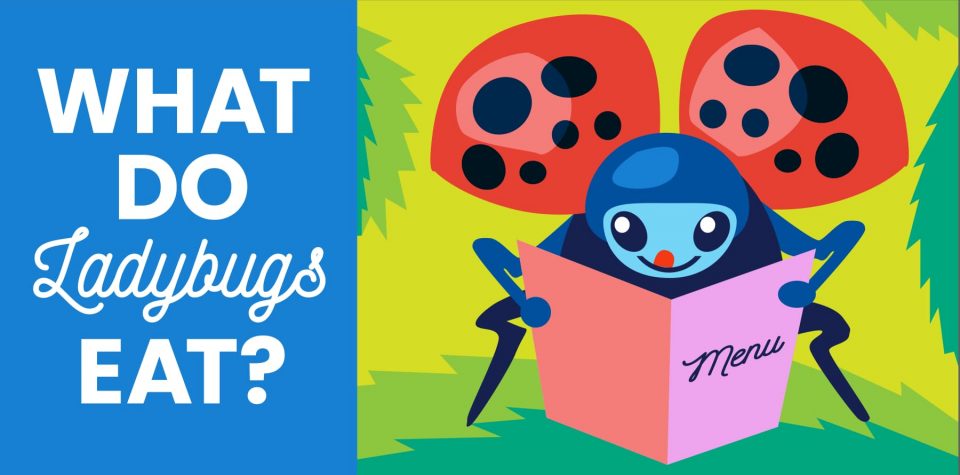
What Do Ladybugs Eat?
With their bright coloring and black spots, ladybugs are a cheerful sight in gardens around the world. Also called ladybird beetles or lady beetles, these small insects captivate kids, especially when they land on a hand, arm, or shirt to rest for a few seconds before flying off again. Ladybugs aren’t just pretty to look at, they’re useful, too—and it’s because of what they eat!
Most ladybugs eat other insects that destroy crops, especially aphids. And they eat a lot of them! Just one ladybug can eat 5,000 aphids during its life. Ladybugs also eat scale bugs, fruit flies, mites, mealybugs, and other pests. (They munch on pollen, too.) They’re so good at eating other bugs that farmers, and even some zoos, use them to keep plants safe and healthy.
But not all ladybugs eat pests! Some species are actually dangerous to crops. The Mexican bean beetle and the squash beetle, which eat plants, are both members of the ladybug family.
How Do Ladybugs Help the Environment?
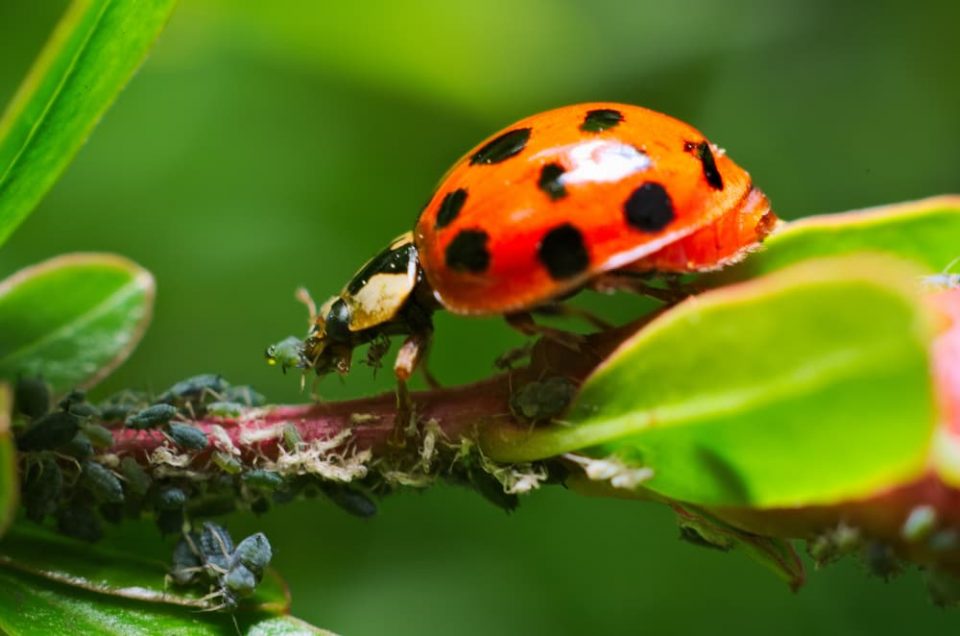
Ladybugs help the environment by providing planet friendly pest control. Food growers have a tough challenge keeping bugs from eating their crops, and this sometimes leads them to use pesticides. While governments set guidelines to make these chemicals safe to use, pesticides can be hard to apply properly, especially for at-home gardeners. Some pesticides also have unintended consequences, such as harming the soil where plants grow, killing bees that pollinate plants, or even hurting frogs and fish if the pesticides wash into streams near fields or gardens.
Ladybugs—especially species found naturally where food is being grown—can handle pest control without risking damage to the environment. Every time a female ladybug lays eggs, it produces up to several hundred, and it likes to put those eggs near pests like aphids. Each egg hatches into a larva that eats hundreds of aphids before growing into an adult ladybug. The adult then eats another 60 aphids every day.
So the ladybugs from one group of eggs can eat huge numbers of aphids over a growing season, and some species of ladybugs lay eggs multiple times every year. In Florida and California, ladybugs once saved important citrus trees from an invasive insect when pesticides couldn’t do the job!
Do Ladybugs Bite?
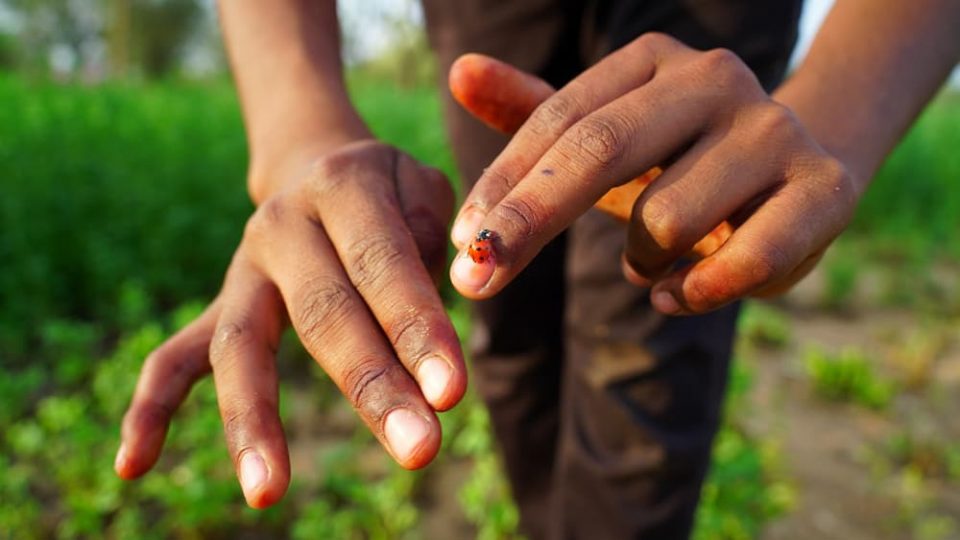
Yes, but they rarely bite people. Because ladybugs eat other insects, they all have mouths capable of biting. They aren’t interested in biting people or pets though; that’s not what they eat! When ladybugs do bite a person—which can happen if you pick them up and they think they’re in danger, or if they’re hungry or looking for a drink—their bites aren’t dangerous. A ladybug bite feels like a little pinch or being pricked by something sharp, and it won’t go through clothing.
How Long Do Ladybugs Live?
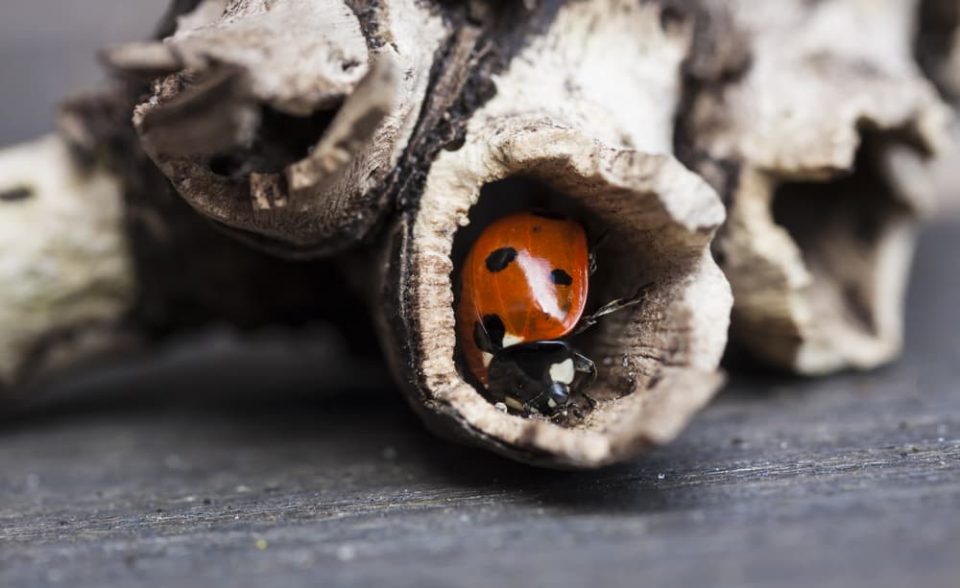
Depending on their species, ladybugs can live for less than a year or up to three years. Species that live longer get through the winter months by undergoing “diapause,” the scientific name for insect hibernation. When the weather gets cold, ladybugs gather in protected places like the gaps under tree bark or cracks in logs. Sometimes thousands of ladybugs share a single space. Huddling together in such big groups helps them survive cold temperatures until spring rolls around.
How Many Legs Does a Ladybug Have?
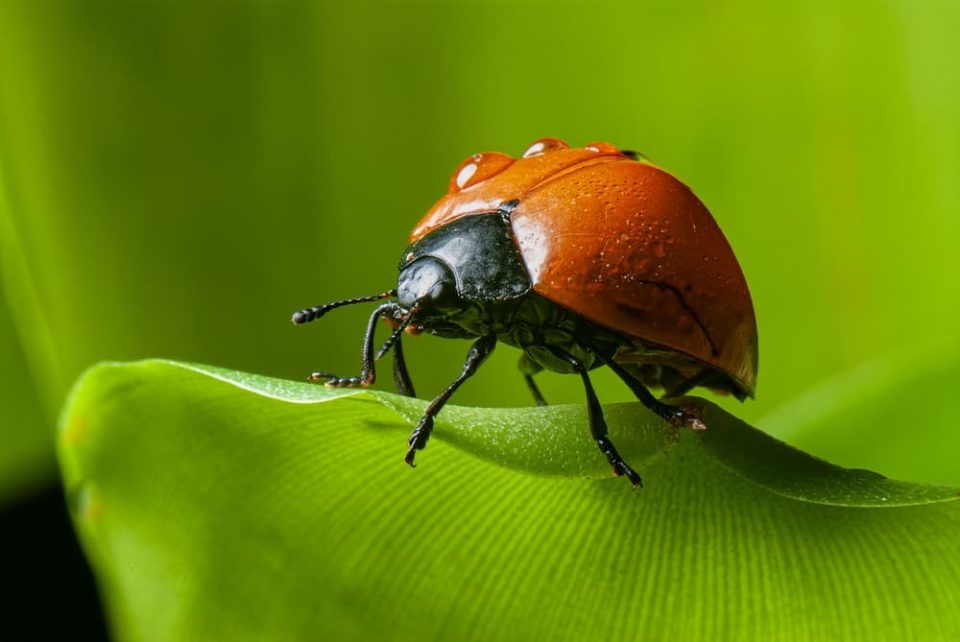
Ladybugs have six legs. That’s one of the things that makes them insects! Their legs are black and located in three pairs along the part of their body called the thorax. Ladybug legs also have a special—and stinky—property. When the bugs are threatened, their legs produce a smelly, oily fluid to discourage predators. Yuck!
Are All Ladybugs Female?
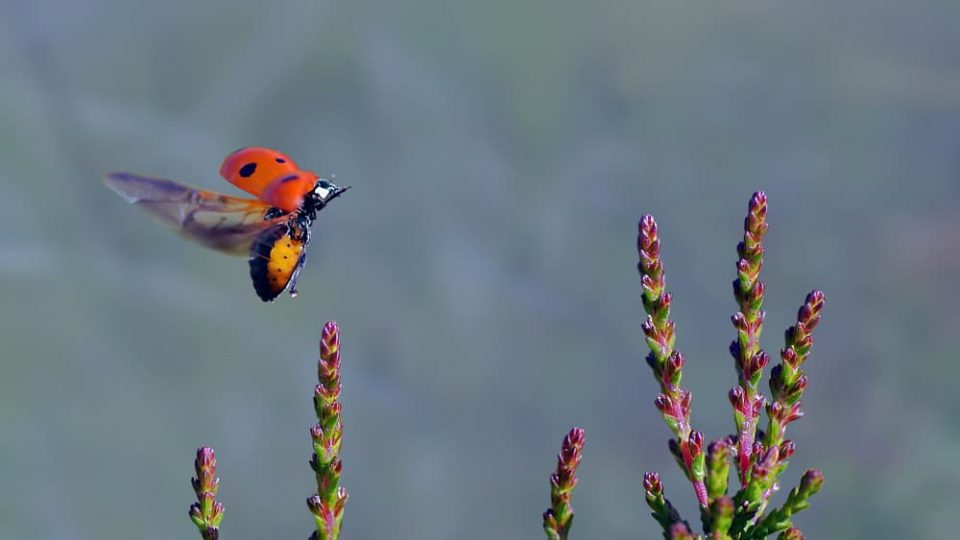
Despite their name, not all ladybugs are female. Male ladybugs tend to be smaller than females, but otherwise it’s difficult to tell them apart.
How Did Ladybugs Get Their Name?
The answer starts way back in the Middle Ages, when Christian farmers in Europe prayed to the Virgin Mary for help during pest outbreaks that threatened their crops. When ladybugs appeared and ate the pests, they began to call them the “beetle of our Lady.” Over time the name changed to lady beetle, then to ladybug and ladybird, but some people still call them lady beetles today!
Together Time
Wish you had more ladybugs in your garden to munch on aphids and other pests, or just to brighten it up a little? Here are a few tips on making your backyard a happy habitat for these incredible beetles.
How to Attract Ladybugs to Your Garden
- Grow plants that ladybugs like. These include angelica, cosmos, marigold, dill, and caraway. Ladybugs supplement their mostly insect diet by chowing down on the pollen of these plants.
- Don’t use pesticides. Spraying these chemicals on your garden plants may kill ladybugs that land on them.
- Give them water. Ladybugs need to drink a lot, so offering them a water source can make your garden more attractive to them. Ladybugs sometimes drown in bowls of water (and standing water can attract mosquitoes), so try a damp paper towel instead.

